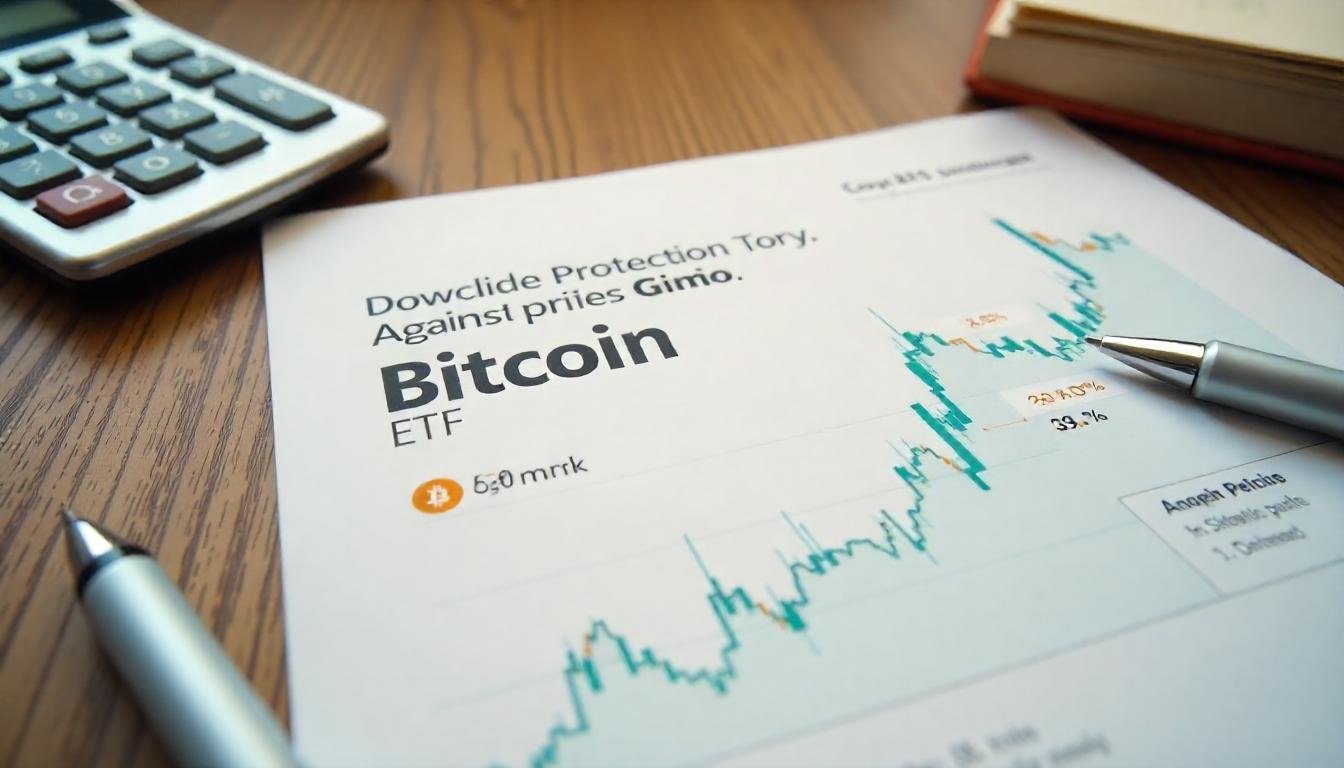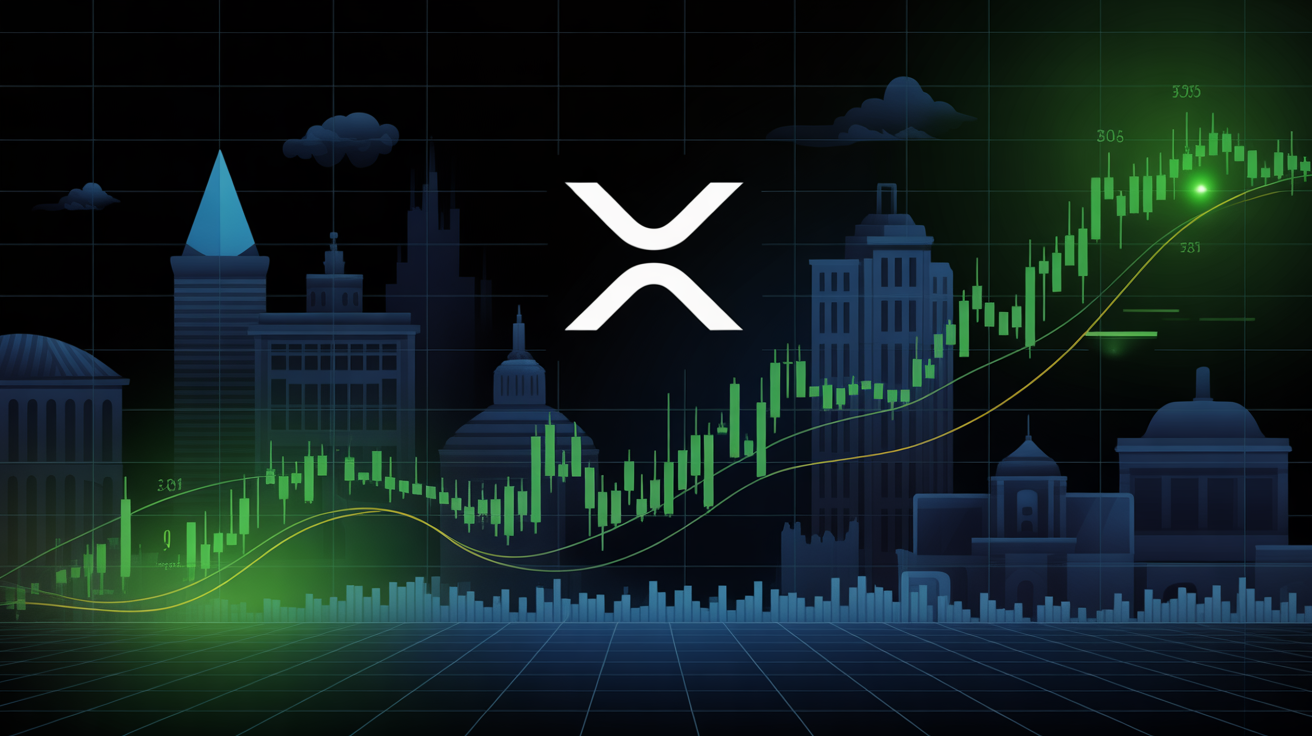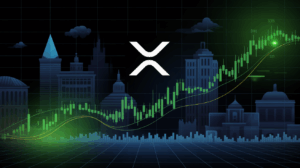New Bitcoin ETF Offers Full Downside Protection Against Price Fluctuations. Here’s How It Works.
Calamos Launches Bitcoin ETF with 100% Downside Protection, Two More Funds Coming in February
Global investment management firm Calamos has launched a new exchange-traded fund (ETF) designed to protect investors from Bitcoin’s volatility. The fund, called CBOJ, hit the market on Wednesday, offering 100% downside protection and potential upside of 10% to 11.5% over a one-year period.
According to a press release, the ETF traded about 635,714 shares as of 12:11 p.m. ET. CBOJ is the first of three funds Calamos plans to release. The next two, CBXJ and CBTJ, will debut on Feb. 4. These funds will provide 90% and 80% protection against downside risk, respectively, with capped upside potential of 28% to 30% for CBXJ, and 50% to 55% for CBTJ.
Downside protection is achieved through a combination of U.S. Treasuries and options on Bitcoin index derivatives, while the upside cap is set annually and adjusted each year. Essentially, if an investor buys $100 worth of shares in one of these ETFs, Calamos will allocate a portion of that to Treasury bonds, ensuring the value grows back to $100 by the end of the year, regardless of Bitcoin’s price fluctuations.
The remaining funds are used to purchase options linked to Bitcoin’s price, allowing investors exposure to Bitcoin without directly owning it. However, this added layer of protection comes with a management fee of 0.69%, which is higher than the average fee for U.S.-based Bitcoin ETFs (around 0.51%). Despite the higher cost, many investors may find the safety features worthwhile, especially those seeking stability in the volatile digital asset market.
While “Bitcoin maximalists” and long-term investors may focus on Bitcoin’s future growth potential, traditional institutional investors often shy away due to the digital asset’s notorious volatility. These new ETFs aim to bridge that gap by offering protection from drastic price drops.
A key question raised is whether these new funds will compete with MicroStrategy’s (MSTR) convertible bonds, which also offer downside protection. James VanStraten, a CoinDesk analyst, clarified that the two are not directly comparable. Unlike Calamos’ ETFs, which have an upside cap, MSTR’s convertible bonds offer no such limitation, giving investors the potential for unlimited upside—albeit at a higher risk.
Downside protection ETFs have become increasingly popular in recent months, especially as the market anticipates a crypto-friendly regulatory environment under President Donald Trump’s administration. The hope is that these funds will be approved under the Securities and Exchange Commission (SEC), which could further drive innovation in the space.
In line with this trend, Bitwise, a crypto asset manager, revamped three of its futures-based crypto ETFs in October. These ETFs now include exposure to Treasuries, which serves as a buffer against crypto price declines. The funds will rotate between crypto investments and Treasuries depending on market signals, further expanding investor options for managing risk in the volatile crypto market.
Share this content:













